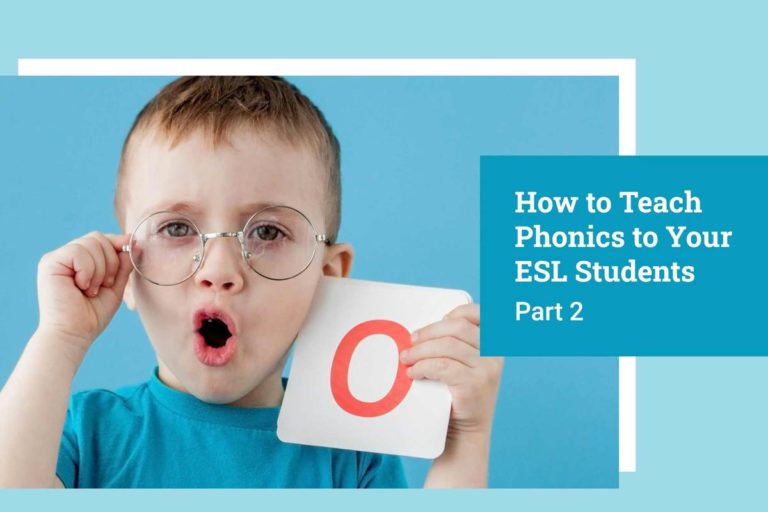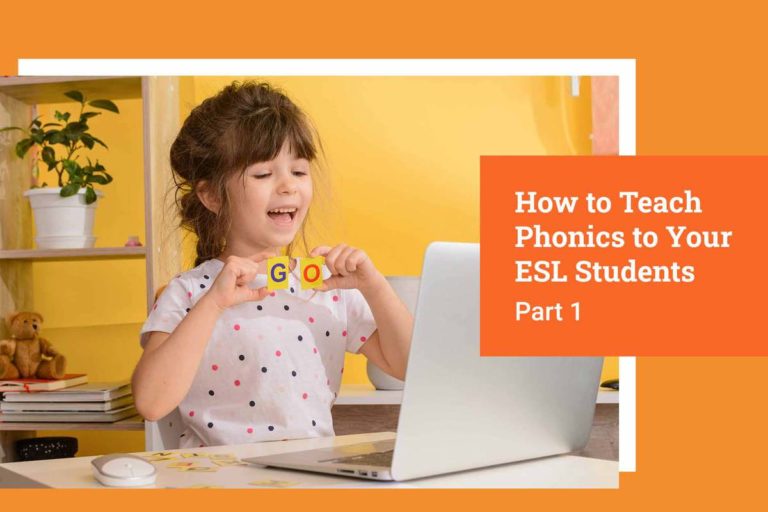Ready to start teaching English online?
Teach with VIPKidTeachers will meet students who exhibit many different types of behaviors online. At VIPKid, adjusting to the student is important for keeping the lesson engaging and successful. Here are some helpful tactics on how to handle the seven common student behavior often displayed in class.
By MarJanita B
As a child, I was fascinated with fairytales. I particularly found the story of Snow White interesting because of how she related to the seven dwarfs’ varied personalities. Maybe that’s why I became a teacher.
We, ESL teachers, are like Snow White because we need to keep a variety of students engaged and learning. What are some of the common behavioral traits amongst young students?
- Energetic
- Disinterested
- Timid
- Studious
- Attention-seeking
- Unprepared
- Social
1) Energetic
I remember being welcomed to class by the sight of my student jumping on the bed. I inwardly groaned, figuring the lesson would be a failure. To my surprise, it wasn’t. This five-year-old student completed the lesson objectives, stopping shortly to do it before returning to his jumping.
If you find yourself teaching an energetic student, channel that energy into learning. Use dance, music, exaggerated voices, and a variety of movements to keep the student engaged, because as soon as the child needs to sit still, the focus will be lost.
2) Disinterested
Then there are students who don’t want to be in class, maybe because of a long day at school or the missing of a party. Prove to the student that learning can be fun, get them involved personally, and find a reward they like. If they enjoy sports, incorporate that into the lesson. Build rapport at the beginning by asking personal questions. Find something you share in common (for my students and me, it’s often a love of ice cream).
3) Timid
There are also those shy students who burst into tears when you look at them. These students require a different approach. Instead of loud, exaggerated voices and movements, use soft tones and small motions. Using a cute puppet or stuffed animal (cue Dino) to talk to the student can help them feel more comfortable.
4) Studious
Every teacher likes the studious student who is focused and motivated. It is important for these students to keep the lesson fun and engaging and not let it fall into a boring routine. These students often enjoy challenges and are well prepared for the class, so be ready with some lesson extension.
5) Attention-seeking
The behaviors of these students can vary. Sometimes they are the clown with non-stop funniness. Sometimes they use “shocking” actions to gain attention. Satisfy the craving for attention in a healthy way by offering extensive praise and reward when the student does something well. Becoming angry, losing patience, or showing shock should be avoided because your reaction often motivates them. Instead remind them, politely but firmly, to stop. Depending on the severity of the situation, it can be helpful to call the fireman. Be familiar with VIPKid policy for how to respond in cases such as nudity or self-harm.
6) Unprepared
Sometimes students arrive at class unprepared. It can be frustrating if projects aren’t completed or there are struggles with remembering vocabulary words. But continue to teach engagingly, allow time for focusing on difficult areas, and kindly remind parents in feedback to include practice between classes. Young children can absorb and process a second language well. It may take longer than you think, but one day everything will click into place.
7) Social
Social butterflies prefer spending the class time in conversation. Use this to your benefit. Have conversational rewards, build rapport at the beginning of class with short conversations, and tap into this magical power for lesson extension. It may be necessary to redirect the student if talking is interfering with the lesson. Use the timer to give them a certain amount of time to talk after they accomplish the objective, or kindly remind them to save their conversation for the end of class.
Sometimes behaviors stem from students’ personalities. External forces, such as family, school, stress, tiredness, etc. can intensify certain behaviors. For behaviors that distract from the learning, take the steps you can to lower those hindrances (also known as affective filters) and then adjust to the student as necessary to keep them engaged and learning.
By doing that, you will be the Snow White teacher who teaches the seven types of students happily ever after.
Earn $15-22 an Hour Teaching English from Home
If you enjoyed this article, check out our blogs on Attitude and Rapport and How Teachers Adapt to Different Student.
This Teaching Essentials Blog Series looks at some tools-of-the-trade for online ESL instruction. In it, we explore a few key concepts and dive into what makes them indispensable to our teachers.
MarJanita B. admits that she still likes reading fairytales, when she is not teaching, of course. She lives in her tiny castle in Lancaster, PA, USA, with two goblins (a.k.a. bulldogs) and spends her time slaying dragons and teaching her VIPKiddos.



